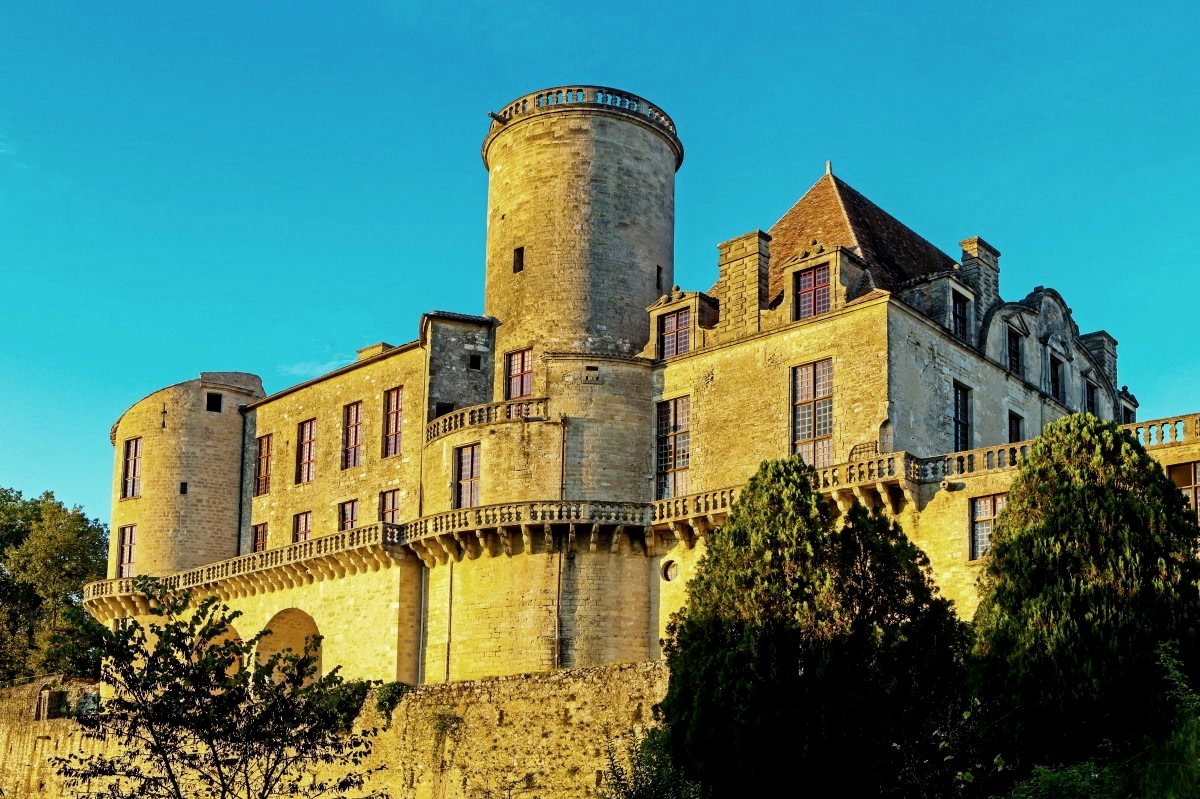DURAS CASTLE
Nestled within a vast 300-hectare estate near Sint-Truiden, Duras Castle stands out for its harmonious architecture and unspoiled natural surroundings. Owned by the de Liedekerke family for several generations, it is carefully maintained to preserve its exceptional heritage.
PRESENTATION
A grand plane tree-lined avenue leads to the Castle, surrounded by woodlands, meadows, fields, and a walled kitchen garden with a vineyard, an orchard, and an old watermill. Streams run through the estate, feeding the moats and the picturesque pond that encircles the château and its English-style landscaped park.
Originally built as a medieval fortress, Duras Castle has evolved over the centuries. It has withstood wars and historical upheavals, undergoing careful restorations each time. In more recent times, it was transformed into an elegant aristocratic residence, offering refined architecture and enhanced comfort.
HEX CASTLE
Nestled in the rolling hills of Haspengouw, Hex Castle was built around 1770 as a summer retreat and hunting lodge for the Prince-Bishop of Liège.
Today, the estate remains in the hands of the d’Ursel family, who carefully preserve its heritage and charm.
PRESENTATION
Le Prince-Evêque de Liège, François-Charles von Velbrück, visionnaire et passionné d’art, de science et de nature, fit de son domaine un havre de sérénité et d’élégance.
François-Charles von Velbrück, the visionary Prince-Bishop of Liège, was a great patron of the arts, science, and nature. He transformed Heks into a haven of beauty and tranquility. The castle is surrounded by magnificent formal gardens featuring an exceptional rose collection, a unique organic vegetable garden with rare heirloom varieties, and a romantic English-style park with breathtaking vistas and ancient trees.
The famous rose collection, home to several rare varieties, makes Hex a must-visit destination for garden and botany enthusiasts.
Listed as a historic monument and part of the Natura 2000 network, the estate is a sanctuary of biodiversity.
HOUSE NAGELS
Located in Sint-Truiden, Nagels House is a magnificent bourgeois residence built during the Belle Époque by notary Louis Nagels and his wife, Emma Debruyn.
With its eclectic façade and interior, it stands as a remarkable testament to late 19th-century architecture and style.
Today, it is a private property and home to Emporium-Interiors, a prestigious interior design boutique.
PRESENTATION
Designed in 1892 by architect Edmond Serrure Jr., Nagels House perfectly captures the refined spirit of the Belle Époque. Visitors are greeted by an impressive Renaissance-style entrance hall, featuring a grand ceremonial staircase.
On the first floor, beautifully decorated rooms display a variety of styles, including Néo-Gothic, Louis XV, and Egyptian. A highlight of the visit is the Egyptian ‘Music Salon’, a rare example in Flanders of the late 19th-century fascination with ancient Egypt.
Another treasure is the stained-glass window depicting Sarah Bernhardt, created in 1893 after a painting by her close friend, the French artist Georges Clairin.







